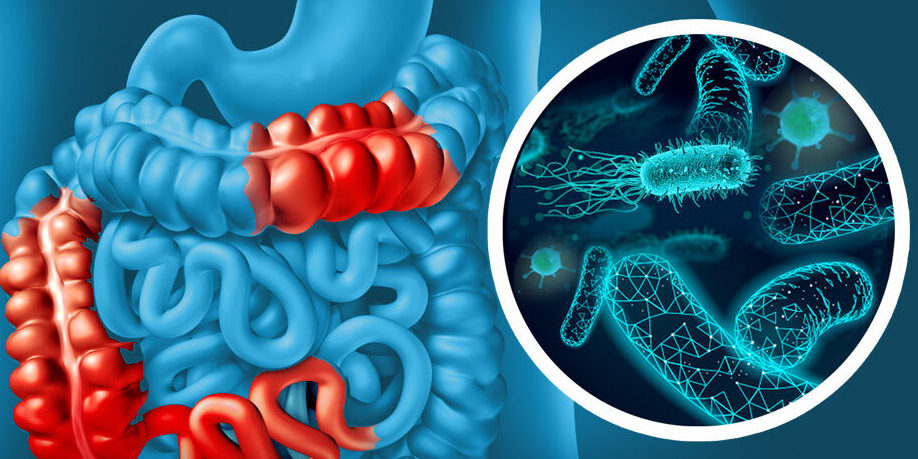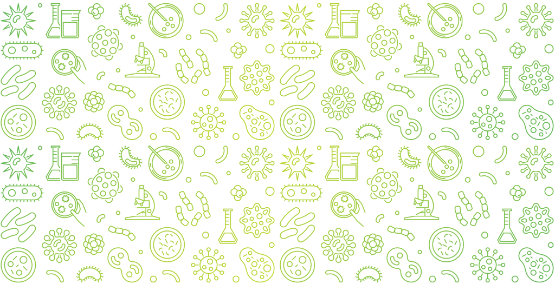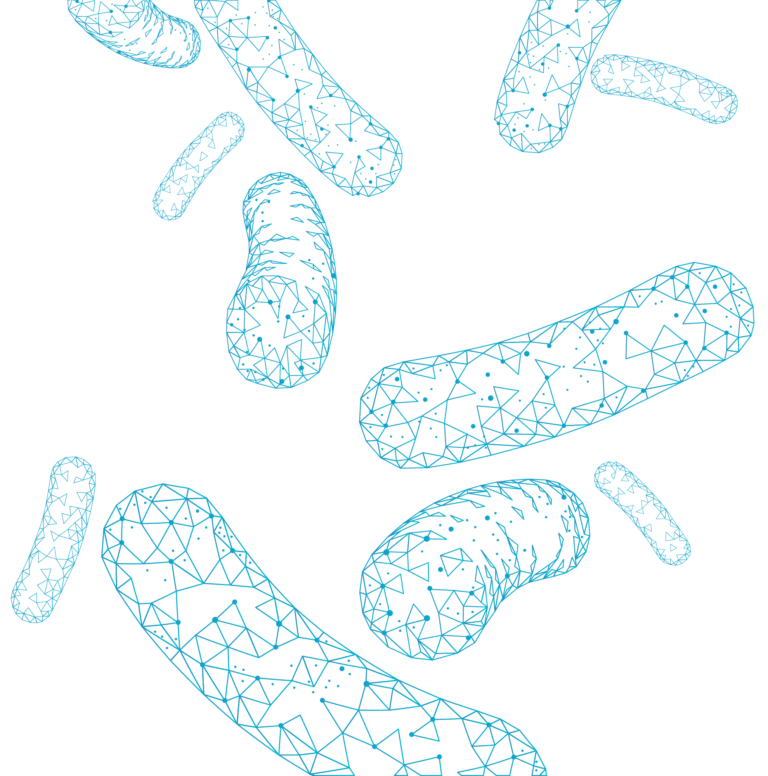This website uses cookies so that we can provide you with the best user experience possible. Cookie information is stored in your browser and performs functions such as recognising you when you return to our website and helping our team to understand which sections of the website you find most interesting and useful.
Gut Microbiota Bank

“Fecal microbiota transplantation allows you to forget about the disease, brings back the joy of life, not only in the cure of the disease! Hope for the patient is the most important. We are no longer talking about hope. It’s a certainty.”
– Jarosław Biliński, MD, PhD, founder of the Human Biome Institute.
Our Manufacturing Facility for FMT preparations is a modern laboratory designed directly to work with and produce gut microbiota preparations. Our production line is entirely anaerobic, which is ensured not only by anaerobic chambers but also by dedicated tools and our own prototypical or designed devices. The laboratory is focused on the safe and bacterial cells-sparing production of preparations. We have implemented a quality assurance system, and we are ready to work under GMP conditions (there are no legal regulations in Poland, they are being developed). We are ready to produce both medicinal products and other drug forms, depending on the legislative provisions.

C for Clostridioides
Recurrent and refractory C. difficile infection is the first official indication, recognized by all scientific societies, for the use of FMT.
ONLY per year:
- 40,000 people infected die in Europe (this number is constantly growing! Especially in the post-pandemic era!),
- 12,000-24,000 cases of bacterial infections in Poland (based on reports, this number can be even 4 times higher!),
- 4,000 – 8,000 Polish patients experience recurrences of infection (this number can be even 4 times higher!),
- 2,000 – 4,000 deaths in Poland due to resistance to available drugs (unfortunately, this number, due to underestimation, may even be 4 times higher).

M for a Miracle
Miracles can happen in medicine, but if you are infected with Clostridioides difficile, you don’t have to wait for them. FMT is a real milestone, a memorable discovery in the fight for the health and life of patients. The effectiveness of FMT in the treatment of recurrent Clostridioides difficile infections, including our MBiotix® HBI and MBiotix® HBI Caps preparations, is over 90%. There is no better solution, even in the most clinically difficult cases! A miracle is not needed, medicine is enough.

G as the goal
The goal of the Human Biome Institute is to discover new drugs based on the gut microbiota. The goal is to help in the fight for the health and life of patients by preparing and delivering to the patient’s bed a specialized preparation of intestinal (fecal) bacteria. The goal is also to popularize the idea of Fecal Microbiota Transplantation (FMT) – which is, the transfer of microorganisms living in the gut of a healthy donor to the digestive tract of the recipient (patient) – as an innovative method ensuring 90% effectiveness in the treatment of Clostridioides difficile infections. The goal is to discover what is unique in the microbiota we provide!

We are innovators, focused on saving the health and life of patients through the development of fecal microbiota transplantation

HBI. We instill innovative solutions for medicine. Naturally.

Fecal microbiota transplantation and Live Biotherapeutic Products. More than the medical discovery of the decade. More than hope.
The gut microbiota, apart from the described properties, plays two extremely important roles – it generates a phenomenon called “colonization resistance” and participates in shaping the body’s resistance to pathogens and cancer. “Colonization resistance” is a condition in which the normal composition of the gut microbiota protects it from pathogens engraftment. The first descriptions and experiments of colonization resistance appeared in the 1950s – it was noticed that introducing Salmonella into the gastrointestinal tract of guinea pigs does not cause infection in those who have not been treated with antibiotics before, and in those treated with the antibiotic, Salmonella dominates the gastrointestinal tract. This gave rise to the thesis that the correct composition of the intestinal microbiota displaces pathogenic bacteria – they find neither space nor food in the intestines and are fought by natural antimicrobial proteins produced by intestinal cells.


We are sure now, that “colonization resistance” is one of the most important mechanisms that protect humans against infections. The intestines are the main reservoir of microorganisms, and this is the main source of bacterial translocation to other parts of the body. Second, extremely important function of the intestinal microbiota is the immune system stimulation – gut-associated lymphoid tissue (GALT), which is part of the mucosa-associated lymphoid tissue (MALT). It is estimated that 70-80% of human lymphocytes are associated with intestinal GALT and are temporarily or permanently stationed in the intestinal GALT – sensing antigens there and eventually getting “bad habits” that can lead to autoimmune, allergic, cancer and other diseases. The intestine is called the central organ of the immune system. Knowledge of the functions and pathologies resulting from the different composition of the gut microbiota has led to the concept of transferring the gut content from healthy to sick people. Fecal microbiota transplantation was already used in ancient China, and was reactivated in the 1950s.






